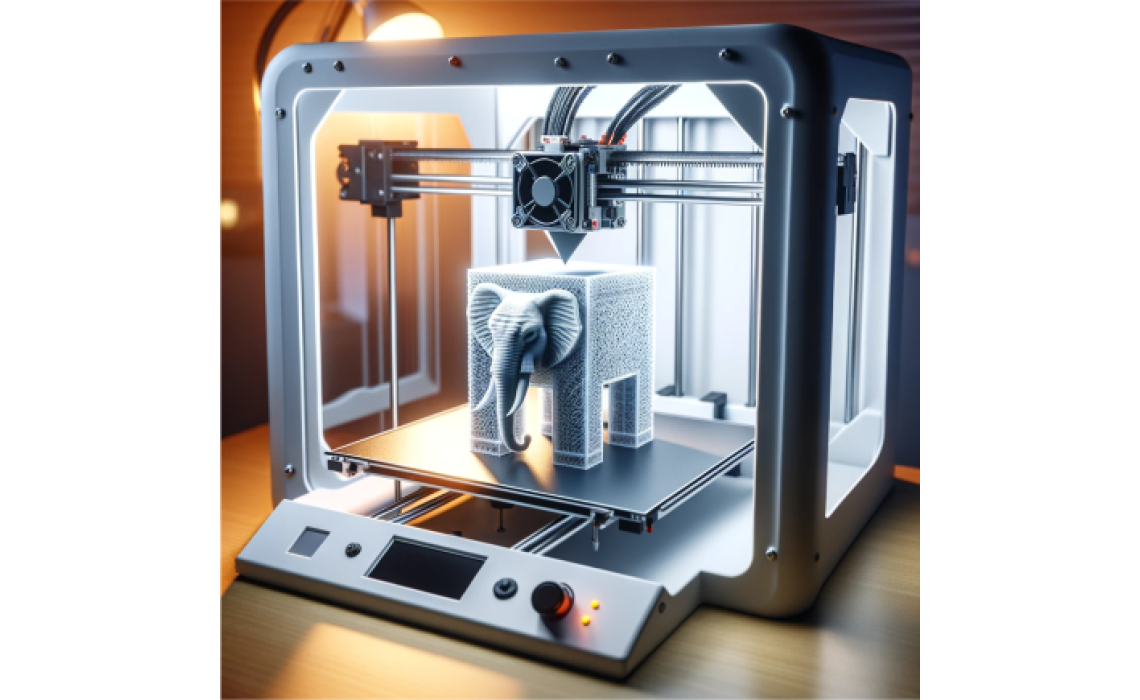Understanding and Tackling Elephant's Foot in 3D Printing
Understanding and Tackling Elephant's Foot in 3D Printing
In the dynamic world of 3D printing, achieving perfection in every print can be challenging. One common issue that often perplexes both novices and experienced users alike is the "Elephant's Foot". This blog post aims to demystify this problem, helping you identify, understand, and resolve it to ensure your 3D prints maintain their intended quality and aesthetics.
What is Elephant's Foot?
Elephant's Foot refers to a slight bulge or flare at the base of a 3D printed object. This typically occurs in the first few layers of the print, making the base wider than intended. The name derives from its resemblance to the broad, flat feet of an elephant.
Identifying Elephant's Foot
Spotting Elephant's Foot is relatively straightforward. Look for these signs:
1. Flaring at the Base: The most obvious sign is a slight outward flare or bulge at the very bottom of the print.
2. Layer Inconsistency: The affected layers may appear more compressed than the rest of the print.
3. Difficulty in Removing Supports: If the print has supports, they might be harder to remove near the base due to the extra material.
Causes of Elephant's Foot
Understanding the causes is crucial for effective troubleshooting:
1. Excessive Bed Temperature: A too-hot print bed can cause the material to spread more than intended.
2. Over-Compression of Initial Layers: If the nozzle is too close to the bed during the first few layers, it can squash the material outward.
3. Incorrect Z-Offset: A poorly calibrated Z-offset can lead to excessive squishing of the first layers.
4. High Initial Layer Height: Setting a higher initial layer height than the rest of the layers can contribute to this issue.
How to Fix and Prevent Elephant's Foot
Here are some remedies:
1. Adjust Bed Temperature: Lower the bed temperature after the first few layers.
2. Calibrate Z-Offset: Ensure the Z-offset is correctly set so that the first layer is not overly compressed.
3. Modify Initial Layer Settings: Reduce the initial layer height and adjust the initial layer line width in your slicing software.
4. Slow Down Initial Layer Speed: Printing the first few layers at a slower speed can reduce the pressure on the material, preventing spreading.
5. Use Rafts or Brims: These can help mitigate the issue, although they might increase material usage and print time.
Conclusion
Elephant's Foot can be a frustrating issue, but with a bit of tweaking and calibration, it can be effectively managed. Remember, every 3D printer is unique, so it's essential to experiment with settings to find what works best for your machine. Happy printing!
---
Feel free to modify or expand this draft to suit your specific audience and brand voice at Maxxeshop3D.



